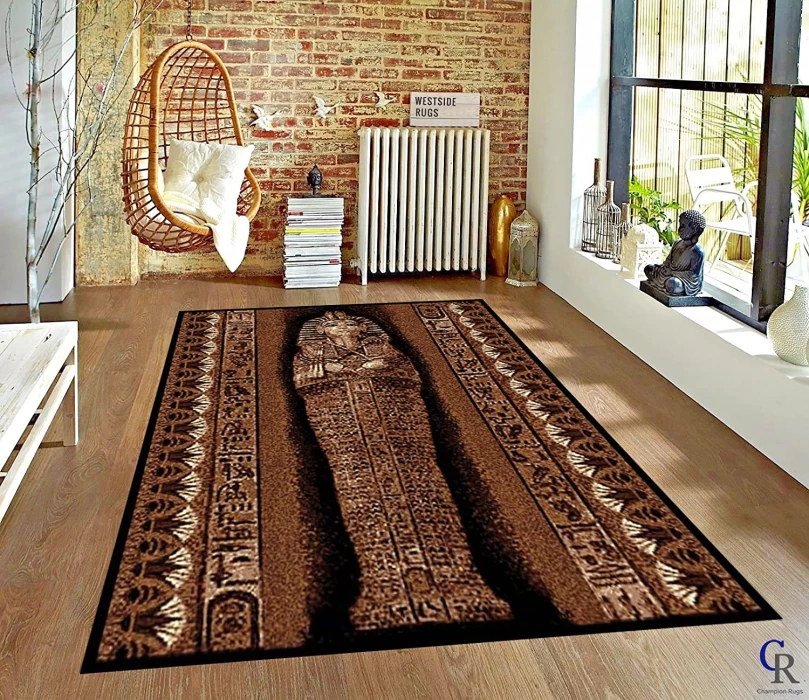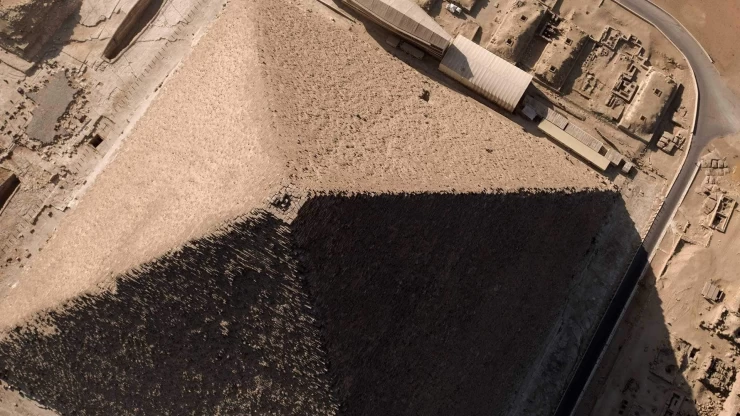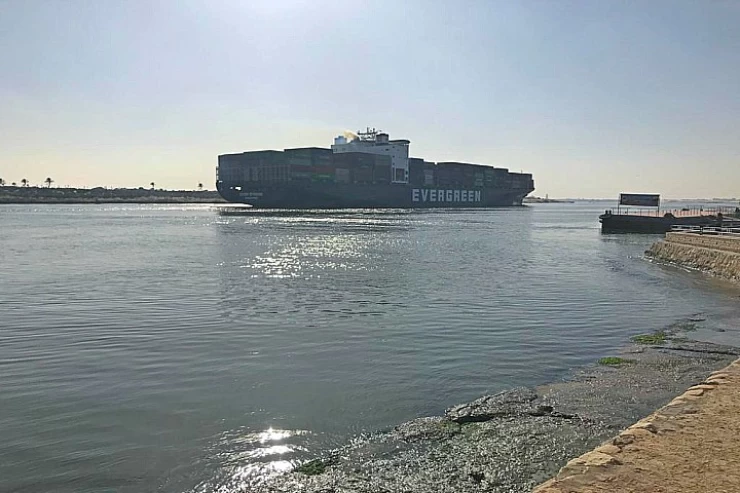
Carpet Schools & Factories in Egypt
Oriental Carpet School in Egypt
During the reign of King Farouk, the Egyptian handmade carpets began to take on their ancient place when the king asked the Qattan Factory for the manufacture of handmade carpets, to spin a hand-woven carpet in the form of a five-pound banknote, and at that time the required carpet was made three times, for the first time the color gradations did not appear in the carpet The second time, the governor of the Central Bank changed,
which required re-making the carpet, and the third time, the July Revolution took place that overthrew the property and did not take any of it, but the hand-made carpets became one of the original Egyptian heritage and which is currently threatened with extinction.
Al-Qattan Factory is the first factory for the manufacture of hand-made carpets in Egypt, It started its work in 1930 and has continued in the carpet industry since that time until now, as its owner Mr. Ahmed Al-Qattan bought an old palace in the Old Cairo area and worked on its renovation and restoration, then he opened it as a factory of hand-made carpets, and he was not satisfied with that. Rather,
he made it a school based on training Egyptian youth in the craft of carpet weaving so that this factory would be inherited from that generation to generation, so the factory still preserves its old form, which was classified in the list of Egyptian antiquities.
The “Abu Shaara” waterwheel area in the Ashmoun district in the Menoufia governorate is one of the most important areas of the hand-woven carpet industry in Egypt, and one of the most important competitors of hand-made carpets in the world in terms of its quality. There is no home there without a hand-weaving loom, which is considered one of the basic components of the house.
The carpet produced by the "Abu Shaara" wheel is distinguished by its consistency of colors, as it can be washed with plain water without resorting to specialists in carpet cleaning, unlike Iranian carpets, the largest competitor to carpets in the world. It is also characterized by durability, accuracy, and beauty in shape, in addition to increasing the life of the carpet. Safe on health, unlike modern carpets, which are made automatically and have health damages confirmed by doctors.
The production of handmade carpets was not confined to these areas only, as the Saqqara region comes as one of the most important places in the Egyptian hand-made carpet industry, as Saqqara was known as a first-class tourist area, and for this reason, many schools and handcrafted carpet factories have been established, as there are about eight schools and factories in the region For the production of hand-made carpets, namely: Saqqara School, Egypt for Handmade Carpets, Oriental, Senefru, Sultan, Nile, Tohamy, Akhenaten.
Saqqara School is considered the first school for the manufacture of handmade carpets in the region, as it was built in 1976, and it has continued its work in teaching handmade carpets through its own school and its production until this moment.

















